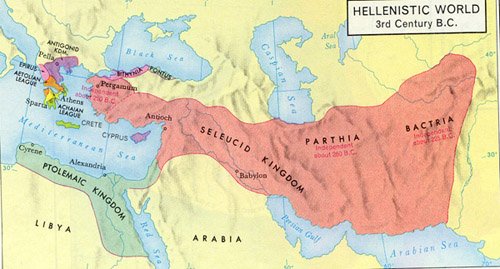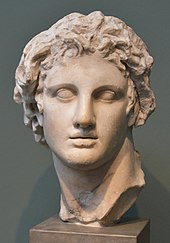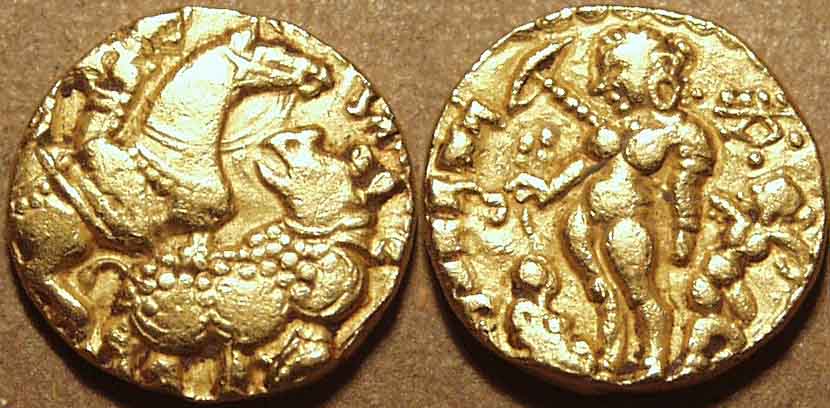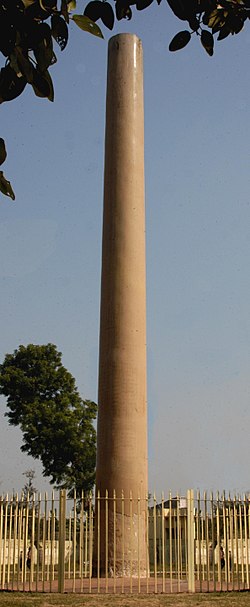
Siege of Antioch, 1098 AD, between Crusaders and Turks, led by Yagi Siyan.
After months of siege, the crusaders bribed a gatekeeper named Firoz.
They then entered the city, at night and massacred every Muslim, Jew they could find.

After months of siege, the crusaders bribed a gatekeeper named Firoz.
They then entered the city, at night and massacred every Muslim, Jew they could find.


However, the Crusaders were themselves besieged by Karbogha, a warlord, who came to help the Muslims.
The crusaders tried diplomacy with Karbogha, but it was unsuccessful.
Their supplies were running out and they had only 200 horses left.
The crusaders tried diplomacy with Karbogha, but it was unsuccessful.
Their supplies were running out and they had only 200 horses left.

At this moment, a pilgrim named Peter Bartholomew came forward claiming to have had visions of St. Andrew, who told him that the Holy Lance was inside the city.
He along with some of his disciplines, went inside the church, dug up the earth and came out with rusty piece of metal
He along with some of his disciplines, went inside the church, dug up the earth and came out with rusty piece of metal
Peter proclaimed that this relic was the holy spear --- the spear that was used to stab Christ's body, as he lay on the cross.
Christians got their mojjo back and with increased religious fervor they decided to attack the Muslims camped outside the city gates.

Christians got their mojjo back and with increased religious fervor they decided to attack the Muslims camped outside the city gates.


With the Holy Spear, the Christians opened the city gates, and marched out to confront Karbhoga's arny.
Karbhoga did not attack them at this point, but allowed the Christians to assemble in full battle arrey.
The Christian sources speak of another miracle, which they saw.
Karbhoga did not attack them at this point, but allowed the Christians to assemble in full battle arrey.
The Christian sources speak of another miracle, which they saw.
The Christians had visions of three saints riding along with them: St. George, St. Mercurius, and St. Demetrius, on white horses & dressed in white.
Karbogha's army didn't attack them piece-meal, but in isolation, & superior Christian discipline routed the disorganized Muslims.
Karbogha's army didn't attack them piece-meal, but in isolation, & superior Christian discipline routed the disorganized Muslims.

Karbogha's army fled back in terror, and the Crusaders created a Crusader State named 'Principality of Antioch'.
Bohemond of Tarento was given Antioch, which his successors ruled for decades.
End
Bohemond of Tarento was given Antioch, which his successors ruled for decades.
End

• • •
Missing some Tweet in this thread? You can try to
force a refresh

















